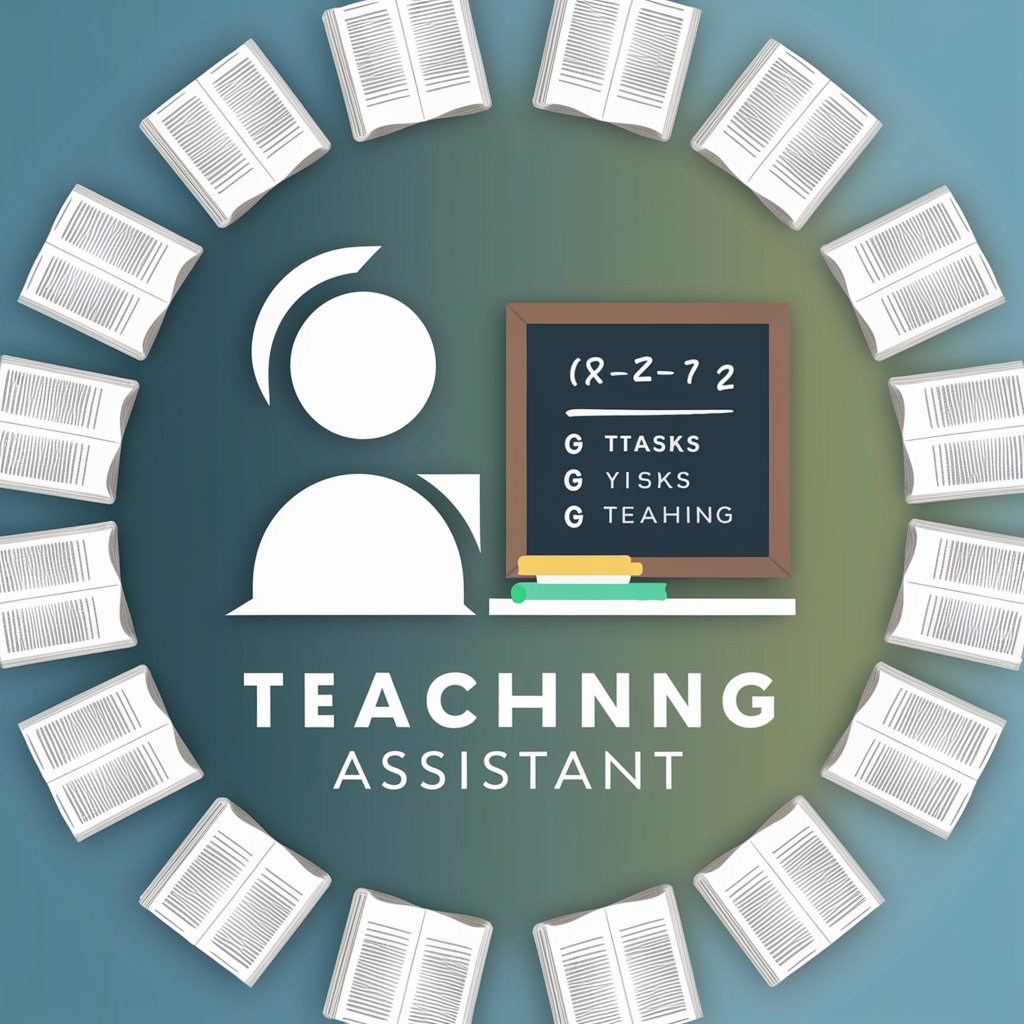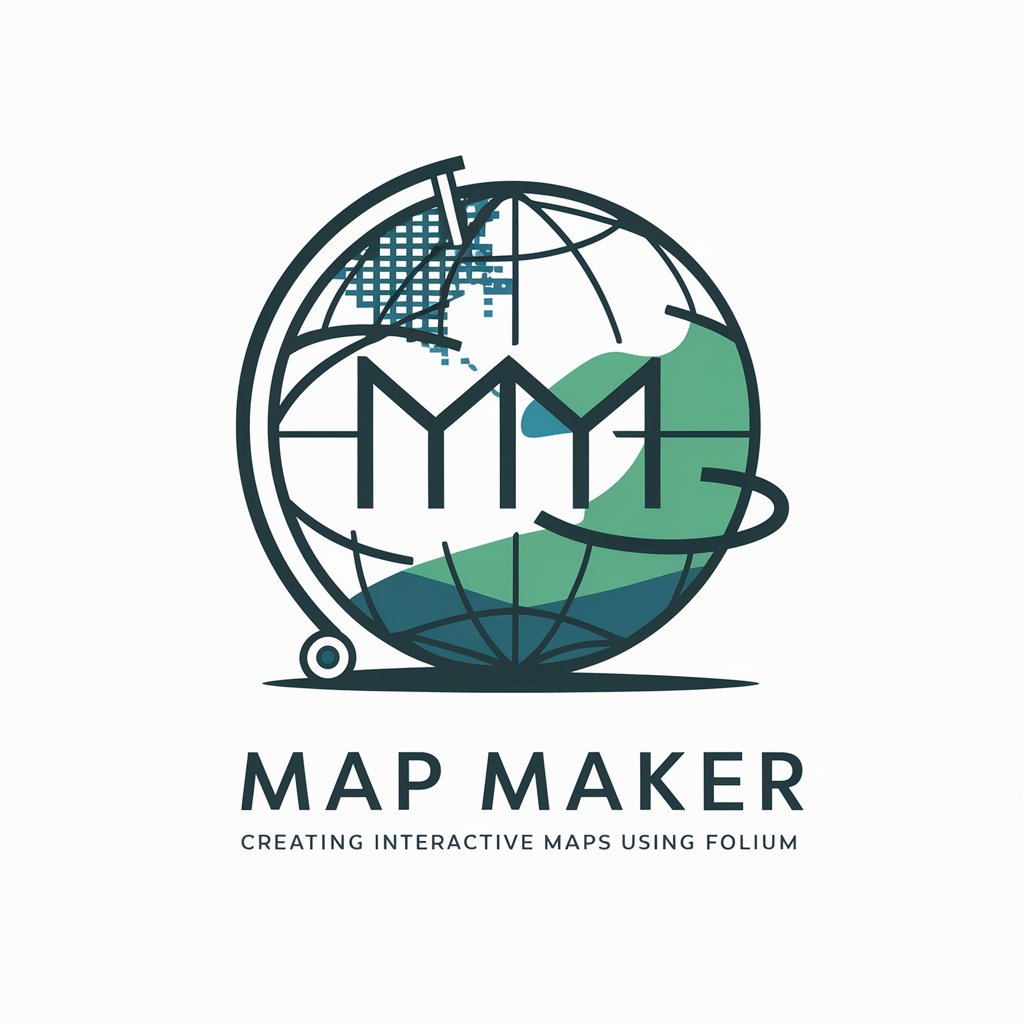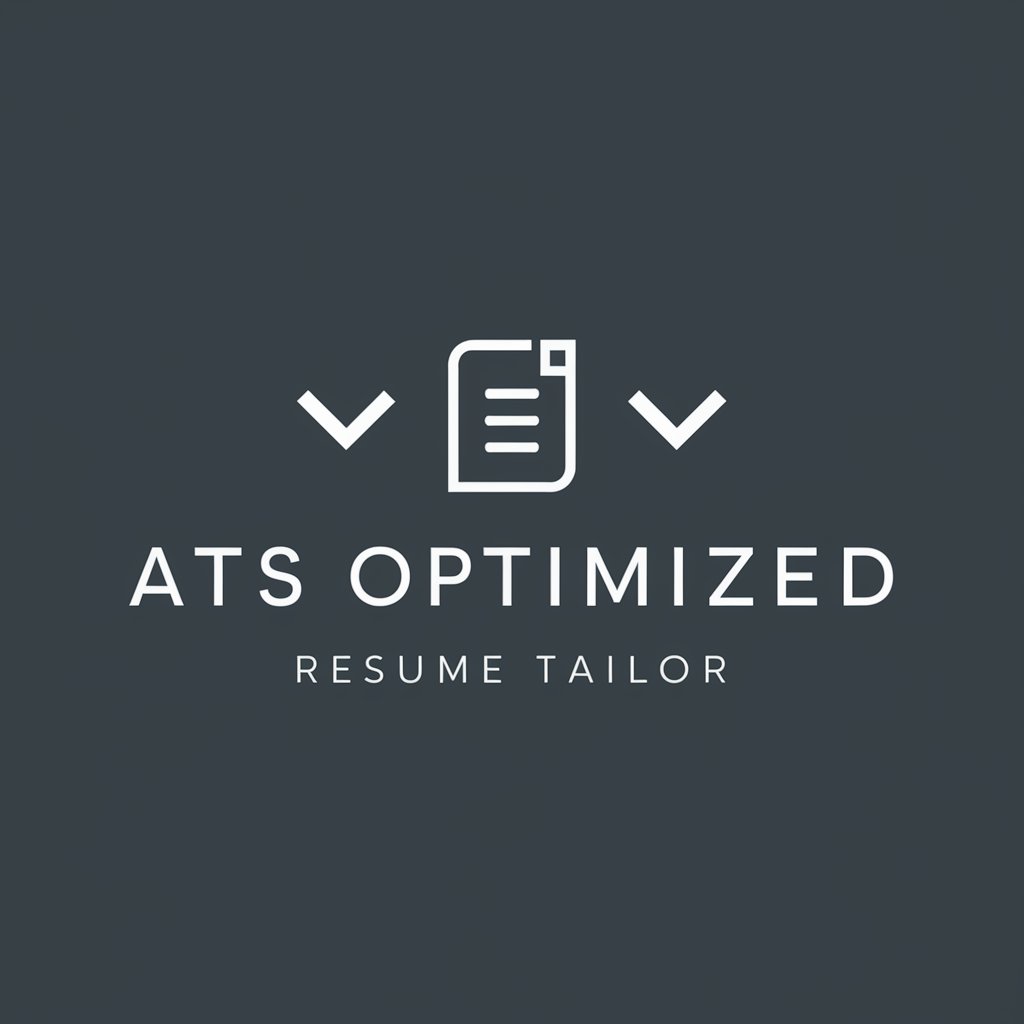
Applicant Tracking System (ATS) - ATS Optimization Guide

Welcome to CV & Resume - Evaluator (ATS)!
Empower Your Career with AI-Driven Recruitment
Analyze this resume for keyword optimization:
Evaluate the relevance of this CV to the job description:
Provide feedback on the formatting and presentation of this resume:
Assess the achievements and qualifications listed in this CV:
Get Embed Code
Overview of Applicant Tracking Systems (ATS)
Applicant Tracking Systems (ATS) are software solutions designed to streamline the recruitment process for businesses by automating the collection, sorting, and filtering of job applications. These systems are developed to assist human resources (HR) departments and hiring managers in handling large volumes of applications efficiently, ensuring that candidates are evaluated against specific job criteria. ATS can parse resumes for relevant keywords, skills, and experience, ranking applicants based on their suitability for a position. This process helps in reducing the administrative burden on recruiters, enabling a more focused approach to selecting candidates for interviews. For example, an ATS might automatically filter out candidates who do not meet the minimum qualifications for a job, such as specific degrees or required years of experience, allowing recruiters to concentrate on those who do. Powered by ChatGPT-4o。

Key Functions of Applicant Tracking Systems
Resume Parsing and Ranking
Example
Automatically extracting key information from resumes, such as work history, education, skills.
Scenario
In a scenario where a company receives hundreds of applications for a few positions, the ATS can quickly identify and rank candidates based on relevance to the job requirements, enabling recruiters to focus on top candidates.
Job Posting and Distribution
Example
Enabling recruiters to post job openings to multiple job boards and social media platforms from a single interface.
Scenario
A recruiter wants to fill a new position quickly and uses the ATS to distribute the job posting to several job boards and LinkedIn, ensuring wide visibility among potential candidates.
Candidate Communication and Management
Example
Facilitating communication with candidates through automated emails and scheduling interviews.
Scenario
For applicants moving to the interview stage, the ATS can send out automated emails to schedule interviews, provide details about the interview process, and keep candidates informed of their application status.
Compliance and Reporting
Example
Generating reports on recruitment activities and ensuring compliance with employment laws.
Scenario
An organization needs to ensure its hiring practices comply with equal opportunity laws. The ATS can generate reports detailing the diversity of the applicant pool and the stages at which candidates are filtered out.
Ideal Users of Applicant Tracking Systems
Large Enterprises
Large organizations with high volume recruitment needs benefit from ATS by automating the initial stages of the recruitment process, saving time and resources in managing numerous applications.
Small and Medium-Sized Enterprises (SMEs)
SMEs benefit from ATS by streamlining their recruitment processes, making it easier to compete for talent without the need for a large HR department.
Recruitment Agencies
Agencies use ATS to manage applications across multiple clients and vacancies, ensuring efficient candidate placement and tracking.
HR Departments
HR professionals use ATS to manage the end-to-end recruitment process within an organization, from posting job ads to onboarding new hires, improving efficiency and candidate experience.

How to Use Applicant Tracking System (ATS)
1
Initiate your journey by accessing yeschat.ai for a complimentary trial, bypassing the necessity for login or subscription to premium services.
2
Upload or paste your resume and the job description you're targeting. This allows the ATS to analyze and match your qualifications against the job requirements.
3
Review the feedback provided by the ATS. It will offer insights on relevance, keyword optimization, and other crucial factors affecting your application's success.
4
Implement the suggestions made by the ATS to refine your resume. This may include adjusting the formatting, optimizing keyword use, or highlighting relevant achievements.
5
Resubmit your revised resume for a final review. Use this feedback loop to polish your application until it aligns closely with the job description for the best chances of success.
Try other advanced and practical GPTs
Verse GPT UEFN
Elevate Fortnite Creative with AI

Chef de projet GPT+
Your AI-Powered Project Management Ally

Linkedn EXPERT Post Writer
Elevate your LinkedIn presence with AI-powered insights.

City Tour Guide
Explore cities effortlessly with AI-powered guidance.

Aufgabenerstellung
Empowering educators with AI-driven task creation

Lotus Flower Hair & Body Care
Your Personalized Beauty Stylist, Enhanced by AI

AI picture generator
Transforming ideas into visuals with AI

Gym Coach
Personalize Your Fitness Journey with AI

Map Maker
AI-Powered Precision Mapping

OMNI
AI-Powered Technical Insights and Solutions

Clim8Assist
Empowering sustainable decisions with AI

Twrites
Empowering writing with AI analytics

Frequently Asked Questions about Applicant Tracking System (ATS)
What is an Applicant Tracking System (ATS)?
An ATS is a software application that enables the electronic handling of recruitment needs. It is designed to help employers manage and navigate through large volumes of resumes efficiently by matching them against job descriptions.
How does ATS improve my job application process?
ATS improves your job application process by ensuring your resume is optimized for specific job descriptions, increasing your visibility to hiring managers, and significantly boosting your chances of being shortlisted.
Can ATS feedback help if I'm applying to multiple jobs?
Yes, ATS feedback is invaluable for tailoring your resume to multiple job applications. It helps identify and incorporate industry-specific keywords and skills for each position you're applying to.
Is it necessary to customize my resume for each job application when using ATS?
Absolutely. Customizing your resume for each job application ensures that your resume closely matches the job description, significantly improving your chances of passing through the ATS filters.
How often should I update my resume on ATS platforms?
It's advisable to update your resume regularly, especially when you acquire new skills, qualifications, or experiences. This ensures your resume remains competitive and relevant to the job market.





